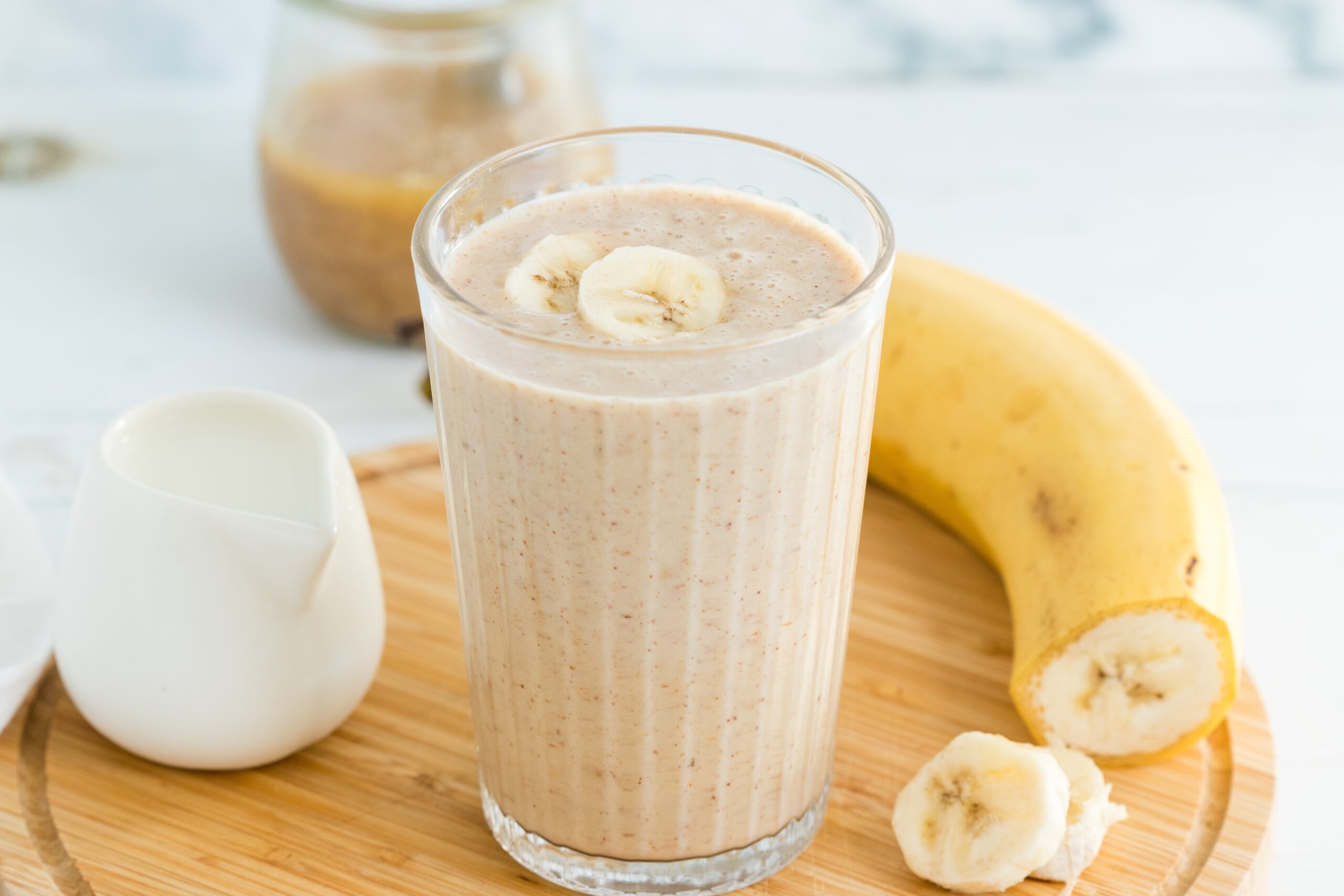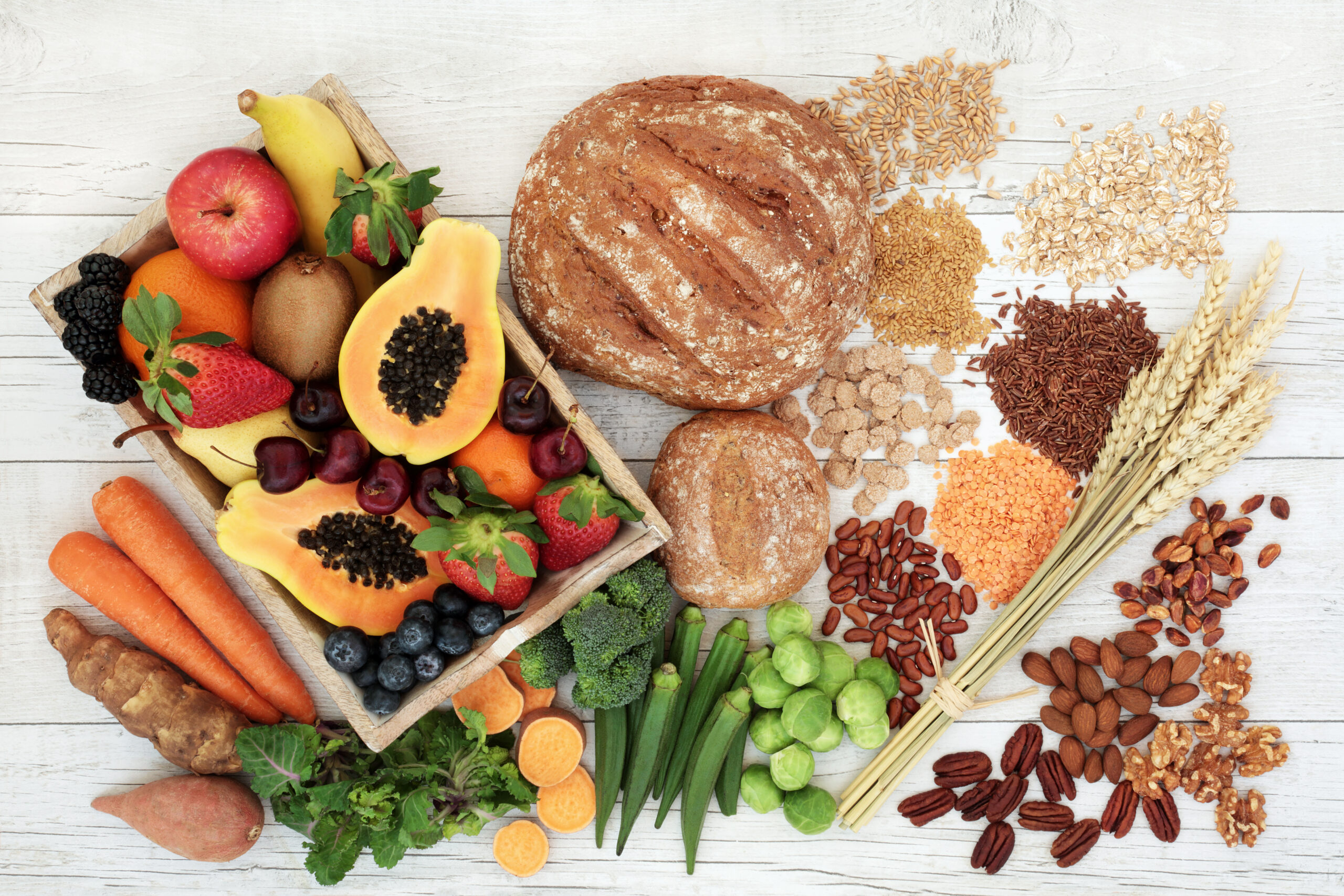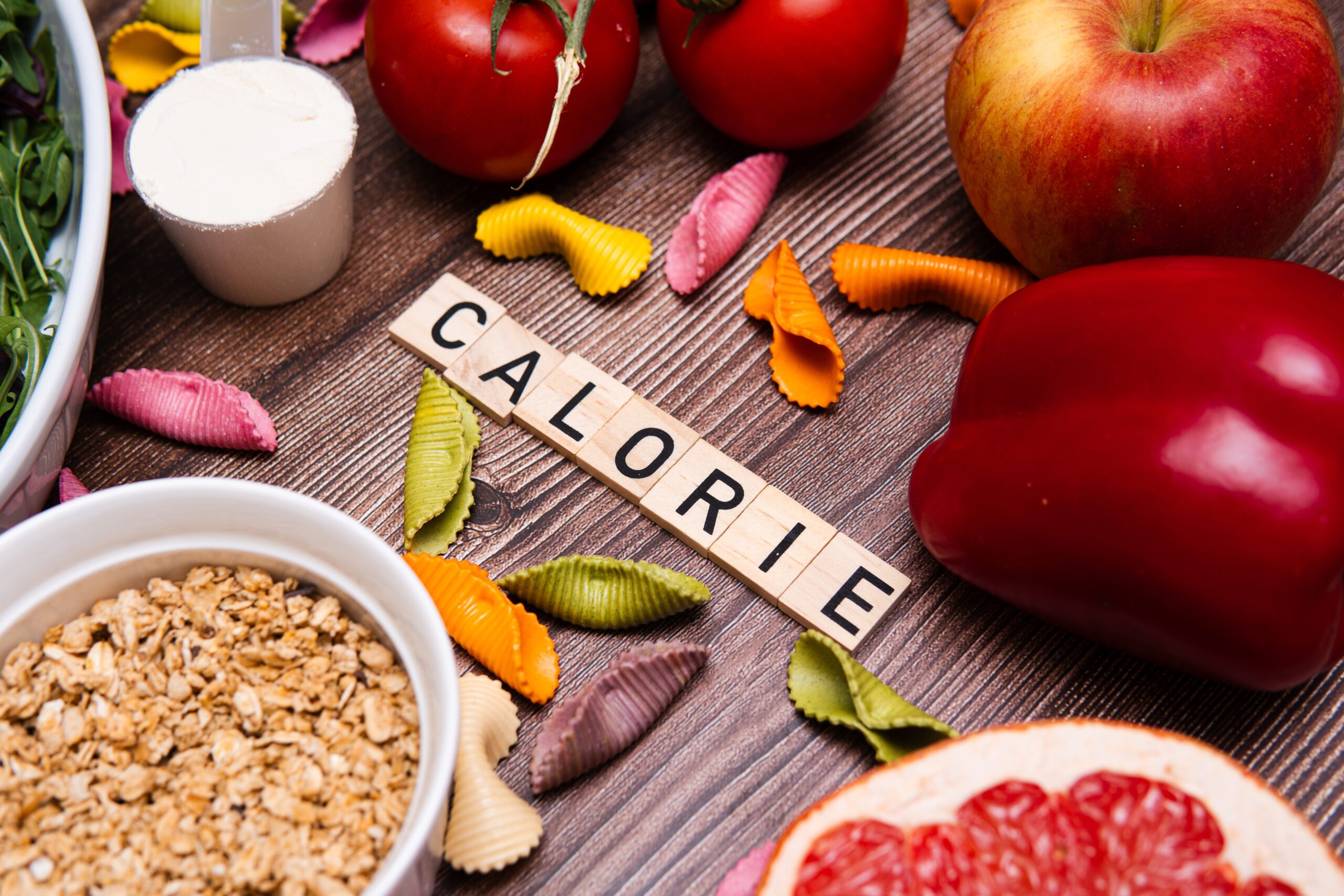Could that innocent banana in your morning smoothie be sabotaging your antioxidant intake? Prepare to be surprised!
At a Glance
- Bananas contain an enzyme that reduces antioxidant absorption from berries by up to 84%.
- The study addressing this was small and limited to a specific demographic.
- Experts suggest dietary variety over obsessing about specific food combinations.
- Consider pairing berries with low-PPO foods if flavanol intake is a priority.
The Banana-Berry Conundrum
Bananas have long been a superstar in the smoothie universe, celebrated for their creamy texture and natural sweetness. But a recent study has thrown a tropical wrench into the works. Researchers from the University of California, Davis, and the University of Reading have discovered that adding a banana to your berry smoothie might significantly lower the absorption of flavanols, antioxidants found abundantly in berries. The culprit? Polyphenol oxidase (PPO), an enzyme in bananas that loves to degrade flavanols during digestion.
This discovery has led to a flurry of questions from smoothie enthusiasts and health aficionados. Are bananas really the enemy of antioxidants? Should we banish them from our breakfast bowls? Before you say goodbye to your beloved banana-berry blend, let’s dig deeper into what the experts are saying.
Expert Opinions and Reactions
The study’s findings, while eye-opening, come with a significant caveat: the research involved a small group of healthy adult males. Dietitians like Lauren Manaker and Karen Ansel urge caution, reminding us that bananas are still a nutritional powerhouse, packed with vitamins, minerals, and fiber. While the flavanol reduction is notable, it shouldn’t overshadow the overall dietary benefits bananas offer. The key takeaway from the experts is balance. Instead of focusing on the interaction between specific foods, it’s more important to maintain a diverse diet rich in various nutrients.
Gunter Kuhnle, one of the study’s lead researchers, suggests that if maximizing flavanol absorption is your goal, consider pairing berries with low-PPO foods. Think pineapple, oranges, or even yogurt. This thoughtful food pairing might just give you the best of both worlds: delicious smoothies and a robust antioxidant intake.
Implications for Your Diet
The revelation about bananas and flavanols might lead to a shift in how we approach smoothie-making. Some health-conscious consumers might start rethinking their ingredient choices, experimenting with new combinations to maximize nutritional benefits. Meanwhile, smoothie brands could consider reformulating their offerings to emphasize optimal nutrient absorption. However, before you go bananas (or not) over this study, remember that science is an ever-evolving field. Further research is needed to explore these findings across a broader population and diet diversity.
In the meantime, let your taste buds guide you. If you love your banana-berry smoothie, there’s no need to stop enjoying it. Just be mindful of the broader nutritional landscape. After all, a happy and healthy diet is more about variety and less about villainizing any single food.
A Balanced Perspective
While the study has sparked lively discussions and reconsiderations, it ultimately serves as a reminder of the complex nature of nutrition. No need to throw out your bananas just yet! Instead, use this information as a tool to enhance your dietary choices. Enjoy the natural sweetness of bananas, the tartness of berries, and perhaps the zing of a pineapple in your smoothies. Embrace variety, savor health, and let your culinary creativity flourish.
As we await further research, keep your smoothie routine refreshing and your mind open. Who knows what other food pairings might become the next nutritional headline?








